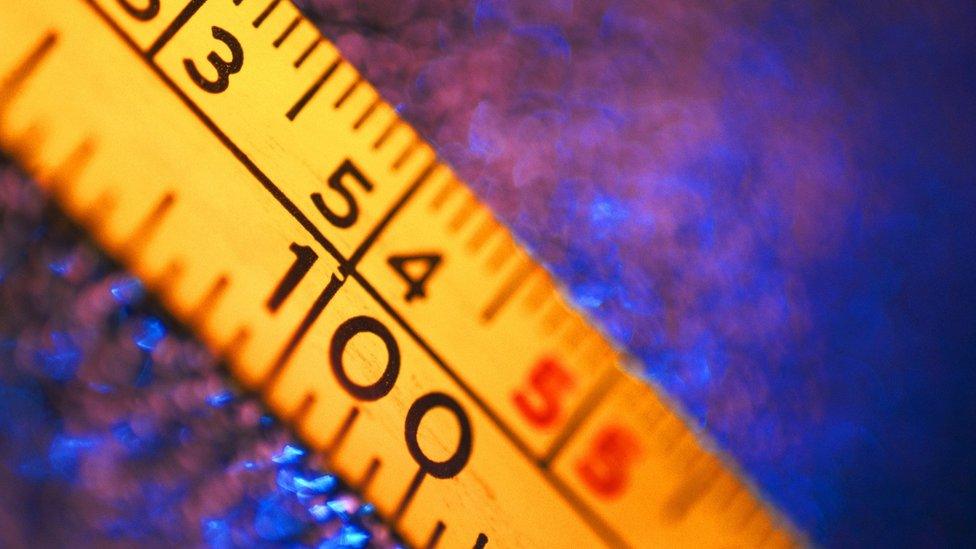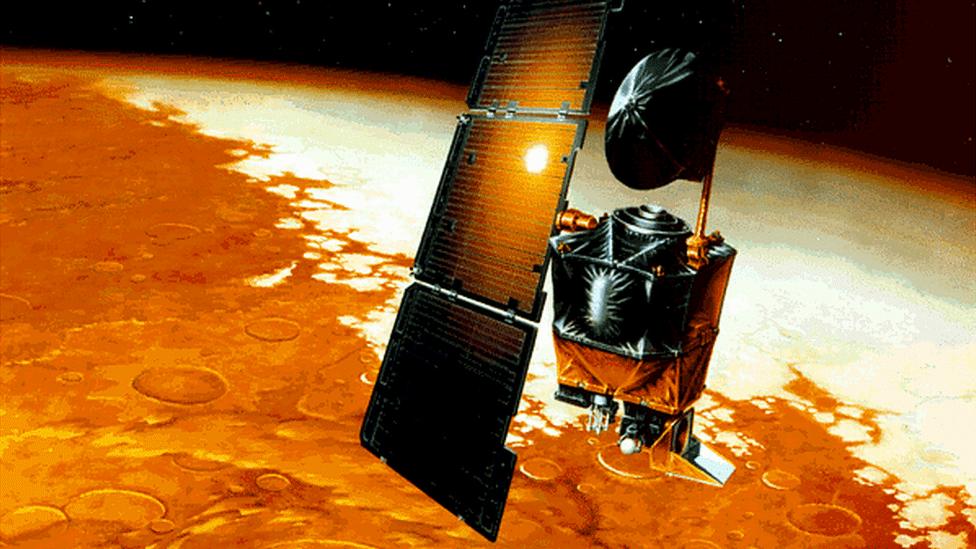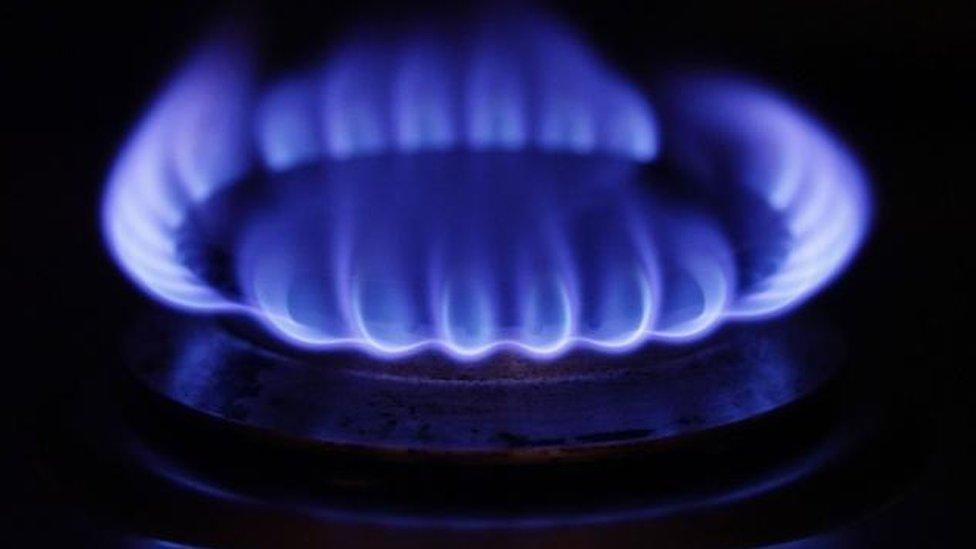Costly measurement mix-ups
- Published

Energy firm E.On's measurement error over some of its customers' gas payments is not the only time that organisations have made a mistake with imperial and metric measurements.
E.On's mistake happened when it mixed up measurements from older imperial gas meters with modern metric ones - affecting thousands of people.
The regulator has ordered E.On and other energy suppliers to refund any customers who have been overcharged as a result.
But prize for the most costly measurement belongs to Nasa.
The US space agency lost one of its own $125m spacecraft on a mission to Mars because the rocket thrusters used to put the probe into orbit around the planet were fired incorrectly.
Martian mistake
Nasa's Jet Propulsion Laboratory running the mission expected everybody to be working in metric measurements. Unfortunately one contractor, Lockheed Martin, used imperial.
The Mars Climate Orbiter, launched in 1998, was designed to study the Red Planet's climate, atmosphere and surface.

Over its nine-month journey, the spacecraft's rockets were fired to keep it on course. But the figures used to fire the thrusters were in pound-seconds, not Newton-seconds(Ns).
So the instructions to the probe were out by a factor of 4.45 - as one pound force = 4.45 Newtons.
Nobody spotted the mistake in time, and as a result, the orbiter wasn't where it should have been when it got to the Red Planet.
Instead of entering orbit at an altitude of 226km, later calculations showed it passed as close as 57km,, external well below its minimum safe altitude, and most likely broke up in the Martian atmosphere.
Fuel error
In 1983, an Air Canada flight ran out of fuel while flying between Montreal and Edmonton.
The amount of fuel that had been loaded was miscalculated due to confusion about the weight of fuel - the airline had just switched over from using the imperial system to the metric system.
The plane's onboard fuel gauge was not working, and the initial fuel load had been incorrectly calculated.
The ground crew had calculated the fuel in pounds instead of kilograms. So instead of 22,300kg (27,770 litres) of fuel, the aircraft's tanks had 22,300lb (12,598 litres) on board.
In other words, the airliner had about half the amount required to reach its destination.
When the engines failed, the pilot - who was himself an experienced glider pilot - was able to land the aircraft safely on a former airfield at Gimli, giving the plane the nickname "Gimli Glider".
Luckily, nobody was seriously injured, and the crew later received awards for outstanding airmanship.
Follow Tim Bowler on Twitter@timbowlerbbc
- Published15 August 2016
